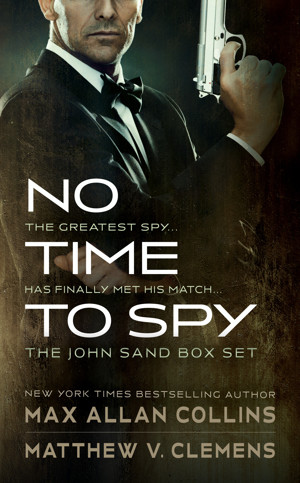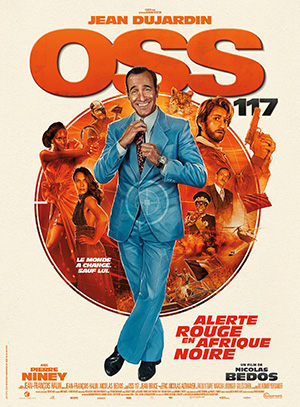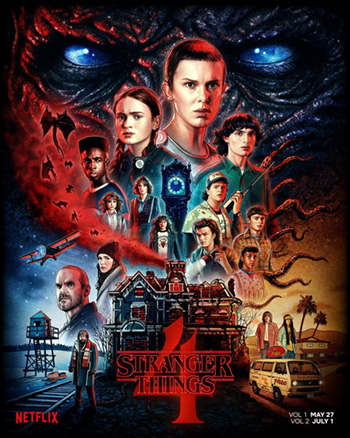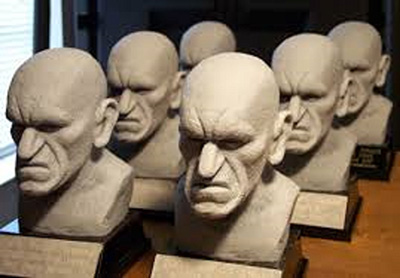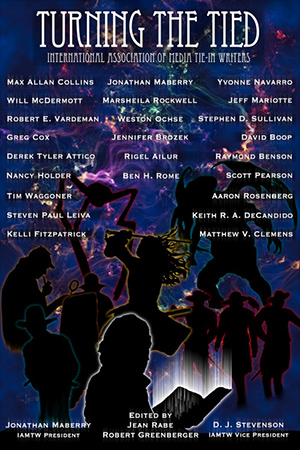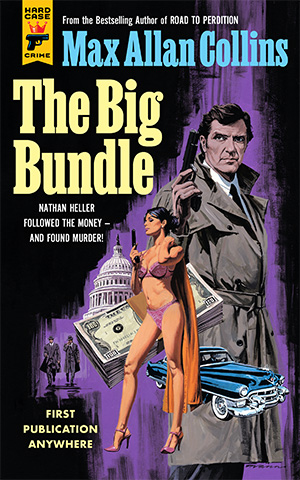Barb and I took our first post-Covid lockdown overnight trip, celebrating our 54th wedding anniversary last week – specifically, on June 1st, the day of, and returning to Muscatine on June 2nd, the start of year 55.
It was a delightful trip, although two business situations back in the real world came up shortly after we arrived in Galena, Illinois (our favorite getaway spot) and reminded me how nice life was when you didn’t have a cell phone in your pocket.
Things settled down, though, and we shopped and lunched at Vinny Vanucci’s and had a lovely evening, dining at Fritz and Frites and then sharing a quiet, typically Collins evening in our suite at the Irish Cottage – see the photos as evidence.
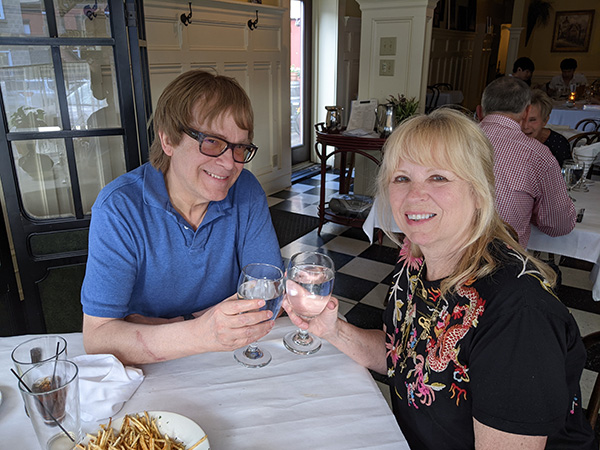
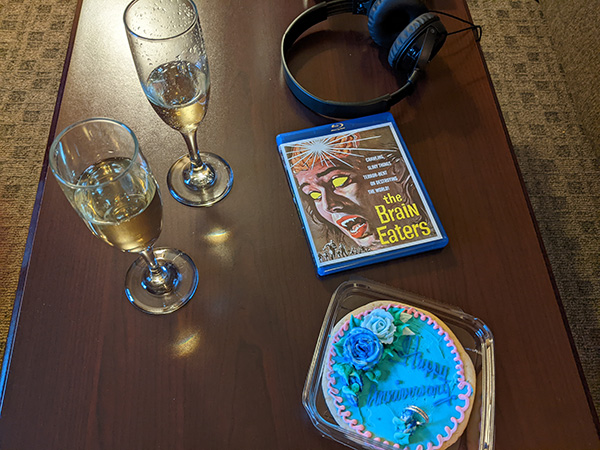
You will note that I look almost giddy sharing a table with a beautiful blonde, undeterred by having spent 56 years of my life with her (we started going together in 1966). There are numerous reasons not to like me, even to hate me, but none better than my managing to hornswoggle (one of my late father’s favorite words) her into spending most of her life with me.
Obviously Barb is a beauty. But she is also funny and smart and ridiculously thoughtful. She loves the Three Stooges. She loves the Beatles. She loves the original Star Trek. She loves James Bond. She loves her grandchildren. And she even loves me.
The question we get most often is how we write together and remain married. I’ve seen other writing couples really struggle with that. My answer sounds flip but it’s true: our offices are on separate floors.
Another major factor is that we develop the idea for a story or novel together, often over lunch or on a car ride, and then she works alone on her draft, checking in with me only if she hits a rough patch and wants an opinion (rare). She does not love to write. I try to tell her that no writers really love to write, though many of us are compelled to do so, and all of us love to have written. But she entered the field basically to help me out, editing, and writing the “Mike Mist” feature for Ms. Tree after I burned out on minute mysteries.
So when she finishes a draft of a novel, she claims (believably) to be sick of it. She doesn’t care what I do with it. This is basically true, but if my draft wanders too far afield from what she had in mind, she’s very tough-minded about getting me back on track.
We just finished our short novel, Cutout, for Neo-Text. I say “finished,” but we haven’t heard back from the editor, so you never know when rewrites are requested. But it feels good and was very much an idea that came from Barb and a story that she generated. The Antiques novels are fairly loose and it’s not unusual for long stretches to be my work; but in Cutout, her writing was so tight that working on it, trying to improve on it, was like repairing an expensive watch.
So feel free to hate me for being so lucky in having this life partner. I don’t deserve her. But at least I know it.

We wrapped up our anniversary celebration with a concert – Frankie Valli and the Four Seasons. Really, it was Frankie Valli and four back-up singers/dancers, but I’m not complaining…it was a great show. Held at the cavernous and unfortunately named TaxSlayer Center in Moline, the concert featured an amazingly spry eighty-eight year-old Valli hitting all the high notes and giving a long, opening-act-free presentation of most of his many hits, without and without the Seasons. A multi-media affair, with a fantastic rocking band, it had a Vegas feel that made other oldies shows I’ve seen look and feel like the cobbled-together affairs they often are.
The event had been postponed twice, and we almost skipped it, having already had a fun but exhausting Galena trip. But we were very, very glad we saw this pop music legend in performance.
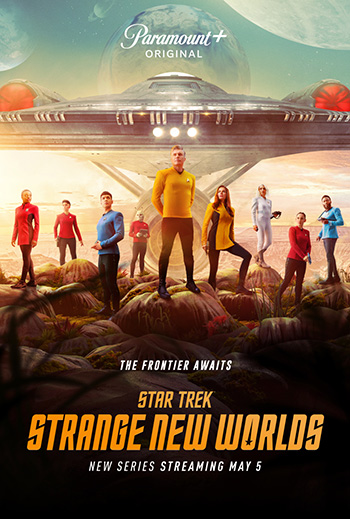
Among the list of things Barb loves I listed Star Trek. We loved all the movies, including the one Shatner directed, and the recent J.J. Abrams reboot features, which not everyone does. We are okay with Next Generation, but every other ST series has left us cold – we haven’t ever boarded those vessels, not long-term.
I was once approached to do a Star Trek novel and was thrilled. It was to be about the newest, about-to-debut series, Enterprise, which I was told was a throwback to the original series. I watched the premiere, all revved up – it starred Scott Bakula, from Quantum Leap! But then it turned out to, well, uh…suck. At least in my opinion. And Barb’s.
I tried to get the book gig anyway, but both my tries were rejected because they resembled this episode of that Trek spin-off or that episode of this one.
Now comes Star Trek – Strange New Worlds, and we are both fans. It’s basically the series that Gene Roddenberry first intended to do, as indicated by the pilot (“The Menagerie”) with Jeffrey Hunter as Captain Christopher Pike, Majel Barrett as Number One, and Leonard Nimoy as Spock.
Strange New Worlds (streaming on Paramount Plus) is a smart, respectful prequel with a great cast. Anson Mount as Pike seems to combine the best of Kirk and Picard, Rebecca Romijn as Number One is a particularly strong presence, and Ethan Peck as Spock channels Nimoy to an eerie degree, particularly the sound and cadence of the original Spock’s voice.
The art design and special effects are stellar (sue me) and the stories so far mostly take place on the stunning Enterprise itself. The major difference is that none of the episodes to date are anything William Shatner would have put up with. Look, I love Shatner. (So does Barb.) He’s a force of nature and his Kirk is definitive. But he would never, never have allowed his episodes to focus so much on its ensemble cast. To Anson Mount’s credit, he holds the show together without flexing his ego.
This is the best Star Trek since…Star Trek.
Thanks to all of you who took advantage of the week-long 99-cent sale for the Kindle edition of No Time To Spy, which collects the three John Sand novels by Matt Clemens and me.
We did not hit number one on any of the Amazon bestseller lists (The Shrinking Island recently did) but we got into the upper reaches.
For those of you who (like me) prefer physical media, the “real” book of No Time to Spy is a fat thing of beauty.
You can get it here for $15.99.
Finally, here’s another of those “movies you didn’t know were based on comics” pieces, but not a bad one (on Road to Perdition of course).
M.A.C.
